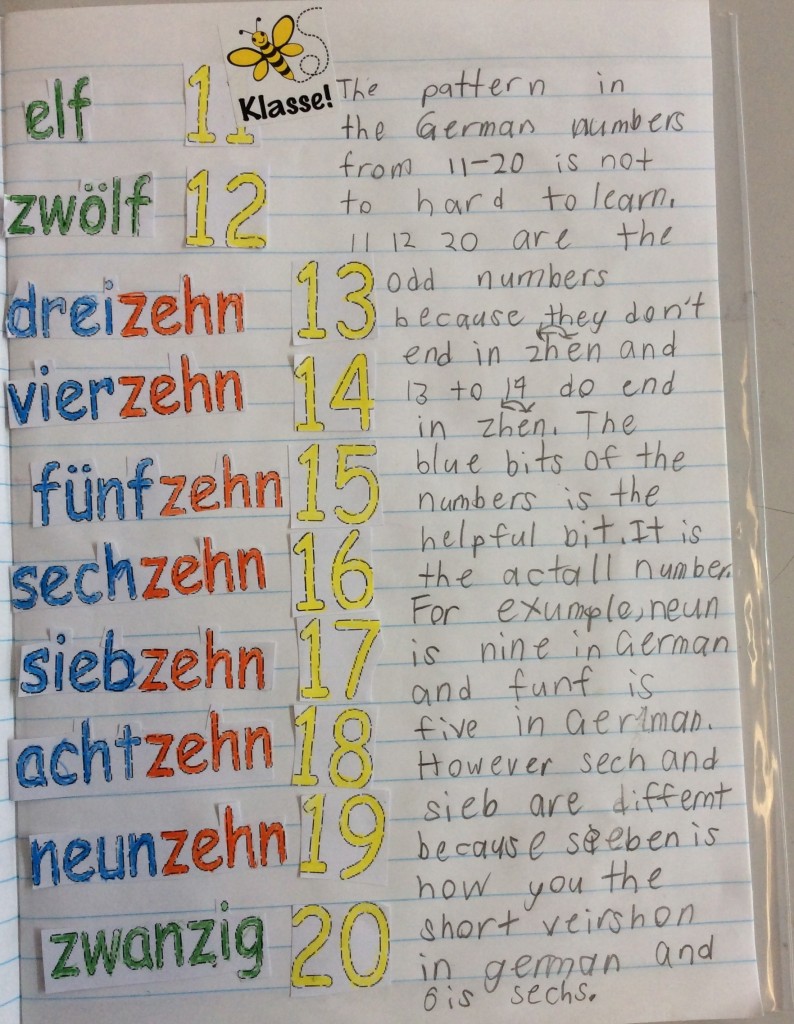The Year 3 students did a fantastic job creating their own weather reports (Wetterbericht) last term.
In small groups the students;
- researched the weather in a chosen German city
- wrote a weather report including the city name, the high temperature, the low temperature and a description of the weather
- created a poster to form the backdrop of their weather report
- use iMovie to record their dialogue.
Here is just a small example of the finished products:
If any students would like a copy of their weather reports, please come and see Frau Smith with a USB and we will transfer it over.
Here are some of the laminated weather reports hanging proudly in the German room:
Well done to ALL of the Year 3 students!












































